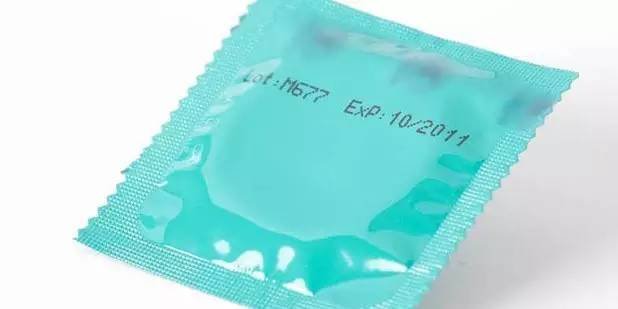Condoms are a great way to help prevent STI’s and they are up to 98 percent effective at preventing pregnancy. But you probably already knew that.
What might surprise you is that according to a WHO study, a large number of people actually use condoms incorrectly, thereby making them less effective.
Here are some of the most common fails identified in the study:
1. Buying the wrong size 
Ever worn a pair of shoes that are slightly bigger and suffered the consequences later? Although the risk of blisters are not the problem here, all that friction can cause condoms to break, which can turn a protected experience to an awkwardly unprotected one.
2. Keeping it in the wallet 
When kept in the back pocket, wallets are home to friction, heat and pressure. All of which make latex weak and unreliable. The same applies to glove compartments in cars, where temperatures tend to be higher. Remember, just like red wine, condoms must be stored in cool, dark places!
3. Using past the expiry date 
Yes, condoms have an expiry date. Most of them last for a year or so, but those with extra lubricants and spermicides have a shorter shelf life. Check the expiry date. Also, if the condom is brittle, sticky or dried out – throw it away, it’s too old to use!
4. Putting it on wrong 
Think you know everything? Take a look at these statistics:
- Unrolling Before Applying: Up to 25 percent of the people who were surveyed in a WHO study, admitted to completely unrolling the condom before putting it on.
- Inside Out: Up to 30 percent of the people admitted to rolling on a condom inside out, then flipping it (potentially exposing their partner to their bodily fluids and completely defeating the purpose of wearing a condom).
- Partial Unroll: Around 8 percent of the men admitted that they began intercourse without unrolling the condom all the way (potentially exposing each others body parts to direct contact and making the condom useless).

- Too Airy: More than 40 percent of the men admitted to not squeezing out the air from the tip (causing friction and breakage).
- Too Tight: 45.7 percent of men wore the condom without leaving space at the top for the semen (causing spillage and leakage).
5. Timing of application and removal
Most people wait until the last minute to put on a condom after starting sex. However, this gives bodily fluids more time to get accidentally tangled up, increasing chances of STI’s and pregnancies. The same is true if the condom is removed before intercourse is over.
As well, some people fail to promptly remove the condom after intercourse – this too can be a problem. As soon as the erection begins to fade, the condom no longer fits in a snug manner, leading to semen leakage.
6. Using the wrong lube
A lot of condoms are pre-lubricated, but some people may prefer additional lubrication. Oil based lubes like petroleum jelly may make condoms weaker. Water-soluble lubes are the only ones that will team up well with latex.
As you can see, using a condom correctly is little more complicated than just grabbing a rubber. Whether you are using condoms as birth control or a barrier against STI’s, always keep the above facts in mind for better protection.
Now that you know more about proper condom usage, it’s time to wrap this article up with one last useful fact:

This post is the third in a bimonthly series written and sponsored by Sanfine International Hospital, which offers state-of-the-art care and world-class service in the heart of Sanlitun.


